[Editor’s note: This piece contains spoilers for The Penguin.]
Oz Cobb (Colin Farrell) was destined to make poor choices. The up-and-comer antagonist in The Batman continues his journey in HBO’s The Penguin and makes decisions that further his villainous standing in Gotham. Except, as seen in the miniseries’ finale, he has to keep paying a heavy price.
To maintain his reputation and eliminate his enemy, Oz doesn’t just send Sofia Falcone (Cristin Milioti) back to the place she most loathes, but he also sacrifices his protégé. In the heartbreaking hour, he kills Victor Aguilar (Rhenzy Feliz), the young boy he’s been mentoring, because The Penguin can’t afford to have any emotional weaknesses—at least not beyond his mother (Deirdre O’Connell), whose vegetative state sends Oz into a spiral.
The Penguin’s finale also sets up the character’s future in Matt Reeves’ upcoming The Batman sequel and provides some closure on the show’s best character, Sofia Falcone. The A.V. Club spoke to showrunner Lauren LeFranc about her goals for the series, how she wanted to unpack Oz’s psyche, and her hopes for Sofia.
The A.V. Club: It shouldn’t have come as a surprise, but it was disheartening to see what Oz does to Victor in The Penguin’s finale. What was it like to build their mentor-mentee relationship and then have it be crushed by Oz’s actions?
Lauren LeFranc: I view Victor as the heart of the show. He expresses a level of humanity that you don’t often get to see. He’s so representative of the type of characters who are not often centered in these superhero stories. He’s a kid from Crown Point, which we’ve established in the show is one of the poor neighborhoods and a low-lying area that was ruined by the deluge [from The Batman]. But we also established that Victor comes from a very lovely family who care for each other. They were hard-working people who followed the rules. And here’s Oz, who skips to the front of the line each time.
I do think Oz cares for Victor and empathizes with him. It’s important to instill empathy in all of your characters and write them as more human. They don’t have to be perfect, and it doesn’t mean they’re great people, but no one is villainous all the time either. There are different sides to every person. I just wanted Oz to feel real and organic in that way. Their friendship and mentor-mentee relationship felt very crucial to me. I always knew, for whatever reason, that I wanted the first episode to end with these two guys on a corner drinking Slush Puppies instead of some big cliffhanger. I wanted it to feel like we’re following these two outsiders who’ve had the most distorted meet cute you can imagine. They’re about to go on a strange journey together, and the goal is for people to see why Victor would be drawn to a guy like Oz and also what Oz sees in Victor. It makes what Oz chooses to do in the finale, without needing to do it, so terrible and heartbreaking.
Victor is also important to me on a personal level. I wanted to represent more Latinx characters. I gave Victor my family name, Aguilar. He’s Mexican-Dominican because I’m half Mexican and the actor who plays him, Rhenzy Feliz, he’s Dominican.
AVC: The finale further drills into Oz’s messy relationship with his mother, especially with Eve in that closing scene. Why was it important to explore his oedipal complex and their backstory?
LL: When I start writing, I think deeply about who they are to examine them and their backstory, even if all of it doesn’t end up in the show. It’s helpful for me. So I knew with Francis that I wanted Oz to have a single mother and I knew I wanted a strange relationship between them. I started to build out the fact that he had two brothers and what happened to them, what kind of a woman Francis is, what her voice is like, and how it’s informed Oz. They have a dark, odd connection, and, yes, it’s got a slightly oedipal quality to it. It makes sense because she’s had three sons, two of whom died, so she put all her energy and attention on the one who’s alive. It’s created an inherently distorted relationship. As the show keeps going, I hope people understand in the finale why she’s how she is and what her perspective is. It’s easy to sympathize with Oz maybe because she’s a tough mother, but in the end, I want people to see what she lost by his actions. She used to be a warm mother before and something broke inside of her when she decided to raise Oz.
AVC: Did you always know how you wanted to end the show because you had to partly make room for the film sequel?
LL: I knew in my initial pitch what happens to Francis in the end and the specificity of it reflected with Oz and Eve, so we kept planting that throughout for a payoff in the finale. With Sofia, I wanted her to have a fate worse than death. It meant sending her back to Arkham. I do view our show as a tragedy even if there are a few lighthearted elements. We were seeking this operatic quality through the end, and to have you feel that you deeply know Oz and that maybe he’s achieved a level of power, but it has come with a cost. If he is a villain, which we’re still trying to define because we don’t want anyone to be a definitive hero or villain, we want our characters to be flawed people. But Oz has to be worse than Sofia. It’s partly why we wanted episode four to be Sofia’s story, so you understand her better. It’s not that she’s a heroine either because she makes plenty of bad choices, but we wanted everyone to see Oz through her eyes. The tragedy is she let Oz take over her fate because she actively couldn’t let go of getting revenge on him. Had she done that, she could’ve gotten away.
AVC: The finale ends with the Bat-Signal and also Sofia getting a letter from Zoë Kravitz’s Catwoman. Was there ever any talk about getting her or any big Batman characters to make a cameo?
LL: It felt better to us to have it be the Oz and Sofia story and not let anything get in the way of our characters, who you hopefully care about so much by the end that you’re not necessarily hoping for a movie cameo. At least that was our notion behind it. It also helped establish its own setting.
AVC: We’re not used to seeing Cristin Milioti in villainous roles. When did you know you wanted her for this character?
LL: I had created Sofia Falcone and written a number of scripts before we went out to Cristin. For me, Sofia was someone I always wanted as a character when I was growing up. I wished for a complicated, flawed, strange, witty woman at the center. Crime dramas and comic books don’t always afford female characters with that deep of a backstory in comparison to some of their male characters. So when I wrote her with a bit of edge and dark humor, I knew I wanted to have an actor who could do that. Cristin’s name came up, and I’m such a fan of her work. She’s so talented and not often afforded roles that allow her to go to these darker, more emotional places. So we pursued her when we had had the opportunity for her to play Sofia.
AVC: What was it like to work with her and cultivate specific character notes, including Sofia’s style, which evolves as her power grows?
LL: Cristin is very smart and detail-oriented in terms of character work. I am, too, in terms of how I create characters and think about little details whether you even see them or not onscreen. A small thing we did and talked about, which no one might’ve even noticed, is that in the first episode, Sofia’s fidgeting a lot and doesn’t have any nail polish on. When she’s putting on her wardrobe for her brother’s funeral, she paints her nails, even though she’s scratching herself and covering different aspects of herself. Cristin and I talked a lot about things like that, and I tried to write those little details into scripts to help actors and inform what they can do.
We also worked closely with our costume director, Helen Wang, who did Station Eleven and won an Emmy for Beef. She also cares about these details. We talked a lot with the hair and makeup team to reflect the different chapters Sofia goes through visually leading up to episode four. In the first episode, she’s wearing a prim and proper white outfit, so it feels like she’s being stifled. But she looks delicate. And then, at the end of the fourth episode, she starts to come into her own with the yellow dress.
We wanted something that feels iconic for what happens during that hour. Prior to that, her hair is usually wet, and she doesn’t have as much makeup. We wanted her to seem childlike. “Cent’Anni” onwards, she is okay with revealing her scars instead of hiding her body. All of that was specific and meticulous and was worked on by so many people.
AVC: Episode four reveals what caused Oz and Sofia’s fallout. How did you want to track their journeys? And do you think in another world they could’ve made good partners?
LL: I tried to construct this with our writers to have them feel like two sides of the same coin. They have a lot in common. They’re mistreated by people in their lives. They’re undervalued and not respected, so there’s a bonding that can happen. They do get to that place in episode three. We did that so you understand why Oz and Sofia may be drawn to each other, and yet the universe will not allow them to be partnered because of their egos, Oz’s narcissism, and Sophia’s anger and need for revenge. They keep getting in each other’s way. I also think sometimes two very similar people are like magnets that repel. So it doesn’t work. But we wanted to try and show why it could have in another world.
AVC: We haven’t seen such an in-depth portrayal of Sofia Falcone before. Were you nervous about how this comic-book character would be received?
LL: You can get bogged down by trying to please other people. It becomes hard to find your own voice and story. I grew up as a big fan of comics. I love Batman. As a fan myself, I was thinking of things I loved and things that I wish were different. I wanted to tackle characters and tones I’m interested in, and, hopefully, we’ve put something out there that appeals to a lot of people.
But you know, like Sofia, Oz is also an underdog. Victor is also like that, and it’s why he shares a connection with Oz. That aspect made a lot of sense to me. In the comics, Oswald Cobblepot is wealthy and comes from a well-to-do family. I just don’t think I could write that well. What’s great about comic books is sometimes they highlight people who are considered as “other.” Those are the comics I loved growing up because they could reflect our world and speak about outcasts differently. I just felt like there was more room to do that across the board than what we’ve seen before with these three characters.
AVC: Do you think we’ll see Milioti’s Sofia again in future DC projects?
LL: I don’t know. I would love that, but my goal for the show was to create a character that I hope now lives on in the canon and is one of the more complicated female characters in this genre than we’ve gotten to see. I hope she takes on a life of her own. The best thing about Penguin is he’s had 75 years or so of existence, with various iterations of that character. This is just my version of Sofia. I hope she can evolve in the comics. And maybe one will be written about her in the future. That would be fantastic.
AVC: Was it challenging to break down the story into eight hourlong episodes? Were there storylines you had to push or cut entirely to fit?
LL: The only constraint I had storytelling wise was that we start a week after the film. In the film, Oz has risen to some level of power that he didn’t have in the beginning. Outside of that, the most fun aspect of this was the freedom to tell stories that were interesting to me. It wasn’t mandated to have Alberto Falcone [Michael Zegen]; and actually, there’s another brother named Mario I decided not to bring in. My depiction of Alberto is also very different. The idea that I could do whatever I wanted with Sofia was freeing, and I wanted to transform her and create a very different backstory and character. And then I was asking, “Can I meet Sal Maroni in this world?”
I’m from a mixed family so I’m always interested in seeing that onscreen, so I was like, “Why can’t Sal’s [Clancy Brown] wife also be Iranian?” I’m a big fan of Shohreh Aghdashloo, and I’ve worked with her in the past. I wanted the opportunity to work with her again and bring her into The Penguin. I knew she had a level of gravitas. So that opened a lot of doors. I just wanted to try my best to put my sort of spin on things and try to create a new canon. I wanted to flip up a genre that people are familiar with. That is the advantage of having the beloved comic books and a movie, and then getting a spin-off of it to turn things around in a way we haven’t seen before.
AVC: When you were writing The Penguin, was it helpful to have the world already established in the movie? What kind of creative liberties were you able to take to make the visual language of the show distinctive?
LL: I knew we were in the same Gotham City, but we didn’t see it through Oz’s lens in the movie, and he’s just a very different character than Batman. We also see a lot of the city during the day. So we talked about daytime noir and referenced films like The French Connection where people are in partial shadows under bridges and in tunnels. I wanted to bring a different energy to the show tonally. Oz has only six or so scenes in the movie, and you get a sense of who he is and that he gives a bit of comic relief. Of course, I wanted to dig deeper into him psychologically and show that he has his depth and he’s not just a funny guy. I also wanted to better define his humor, the way he sees the world, and how peculiar of a man he is. He’s such a wild force of nature. That’s how I wanted the show to feel. We started to think about how, in Matt’s film, everything is slow, moody, and methodical in a great way. But we used a lot of handheld cameras to create a level of energy cinematically that matched Oz’s energy. I think that’s what gives it an independent feeling.
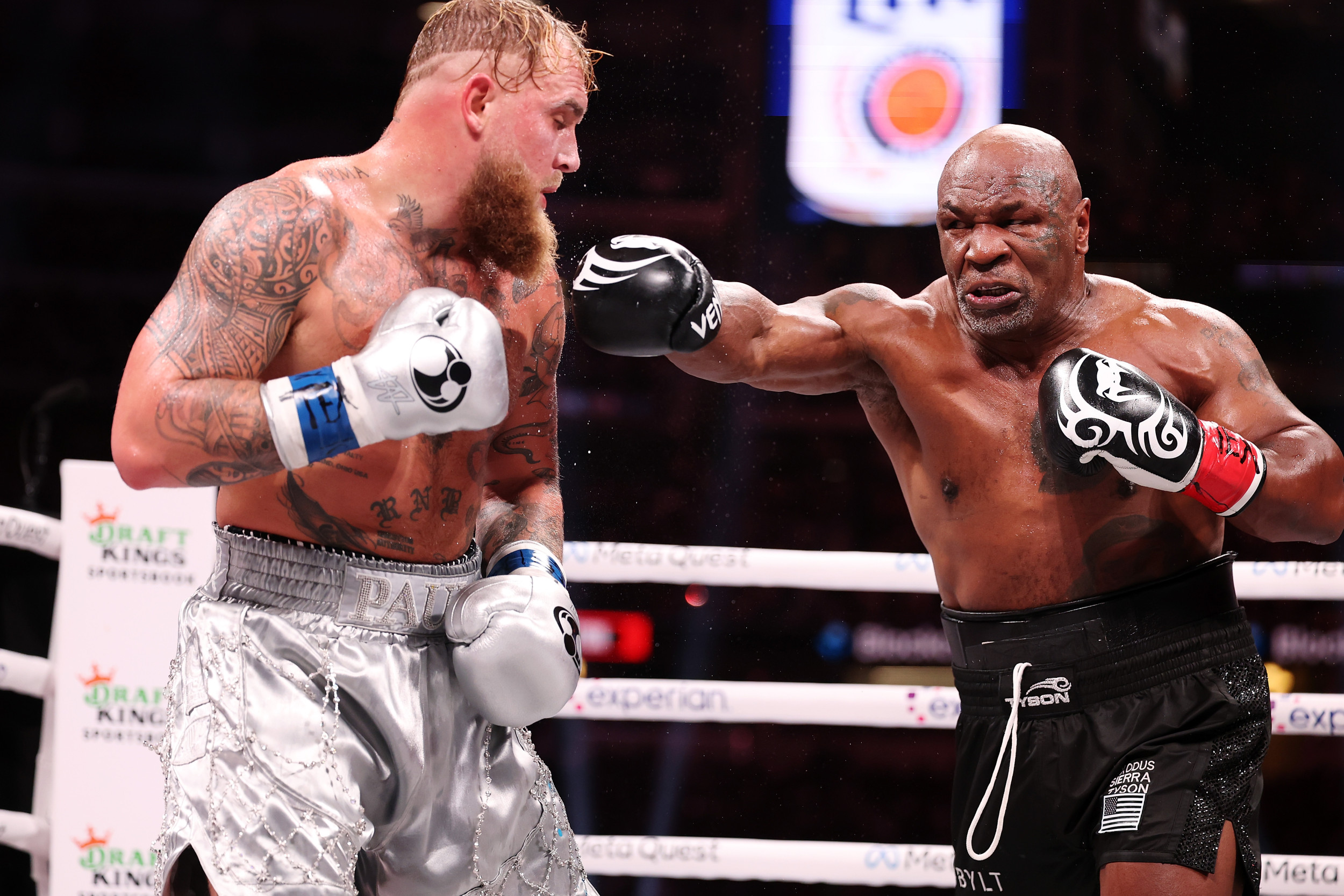
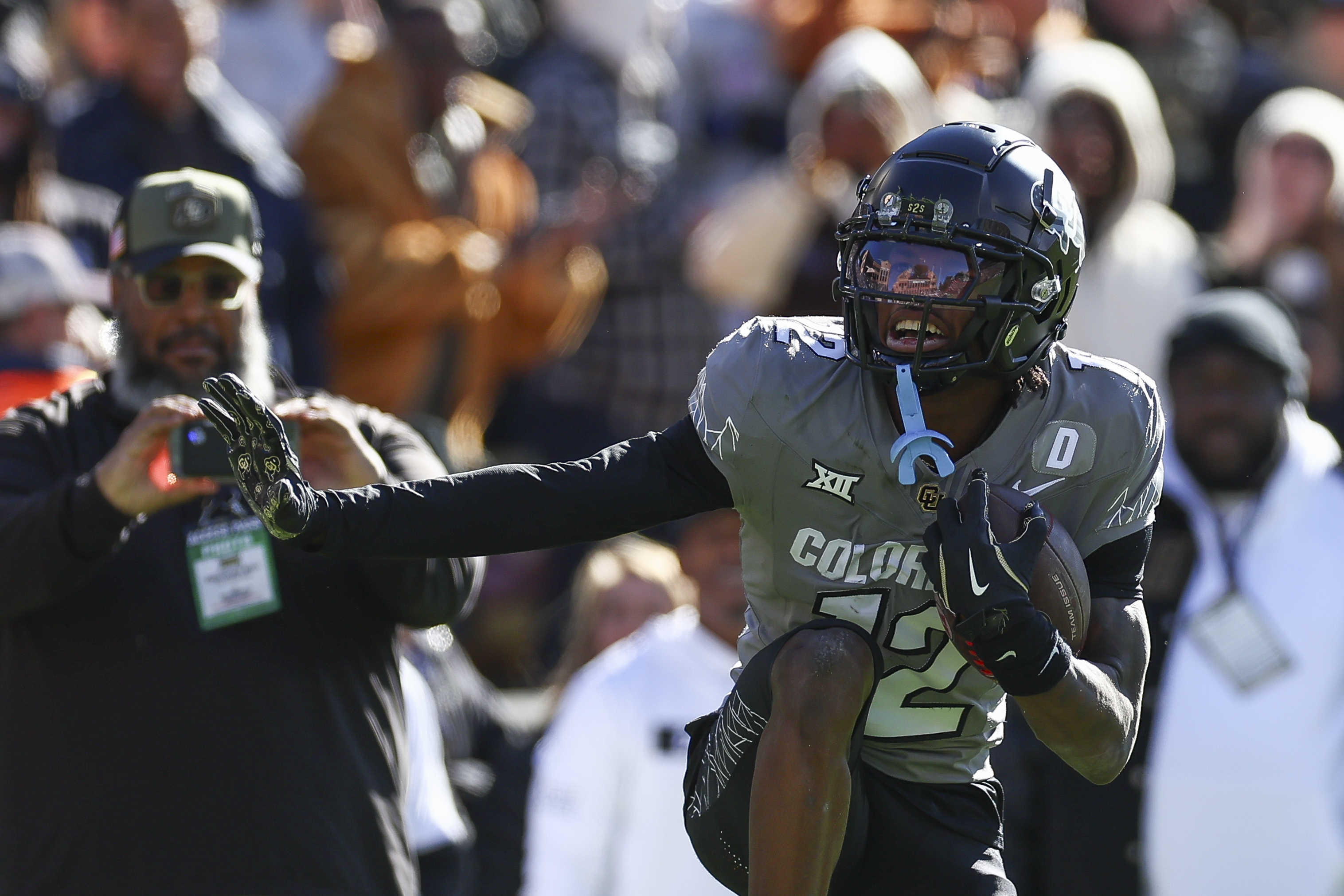
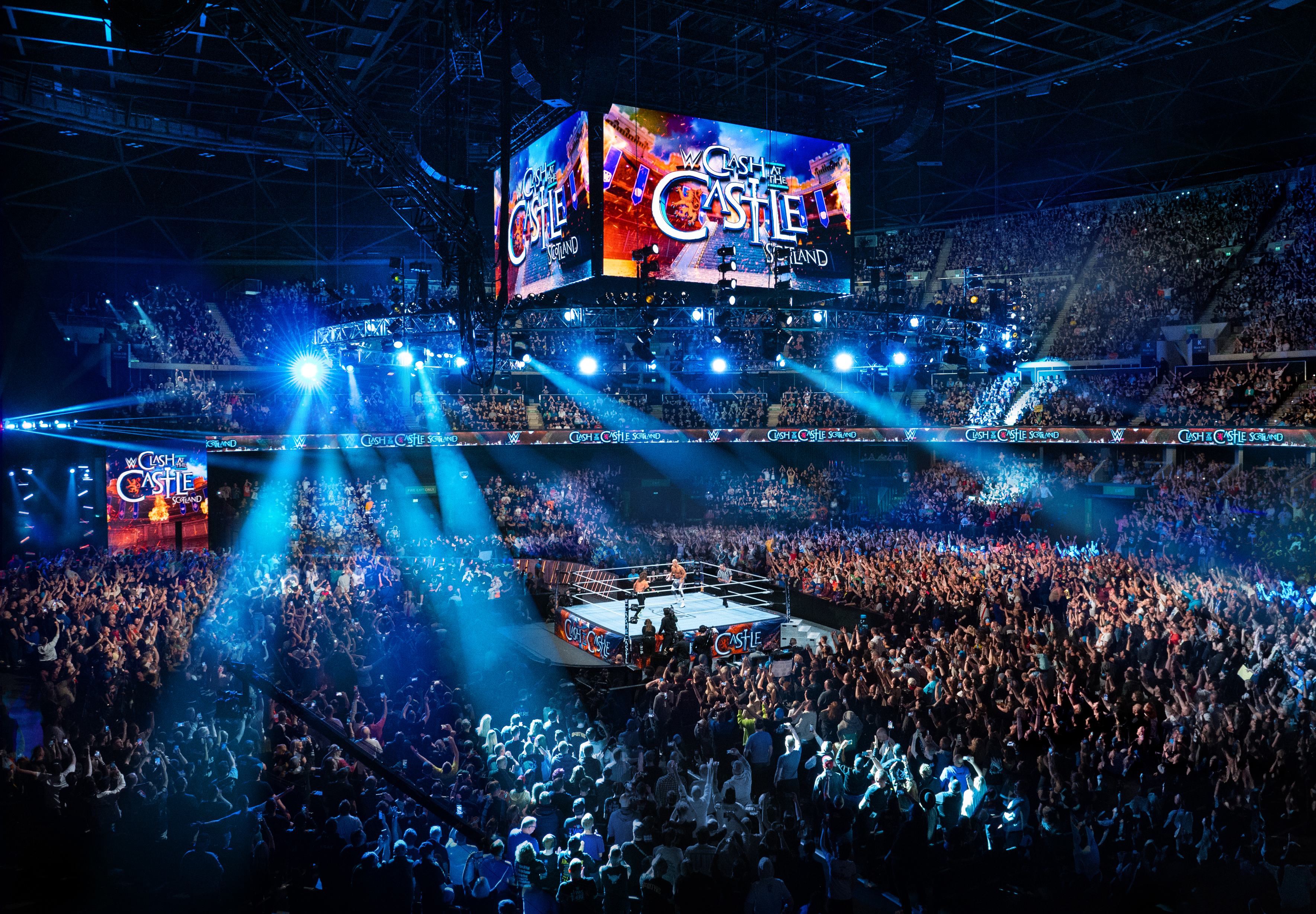
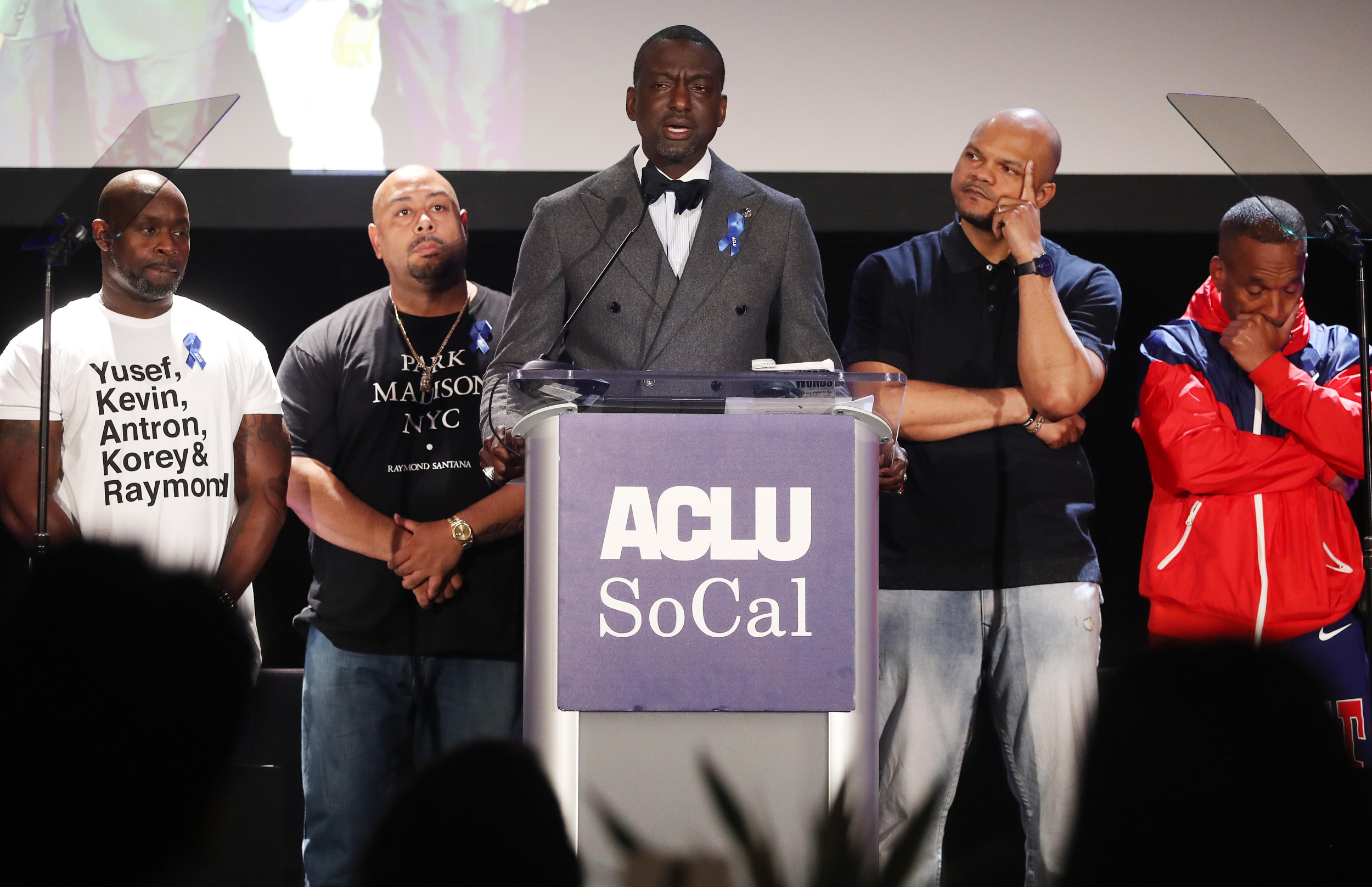
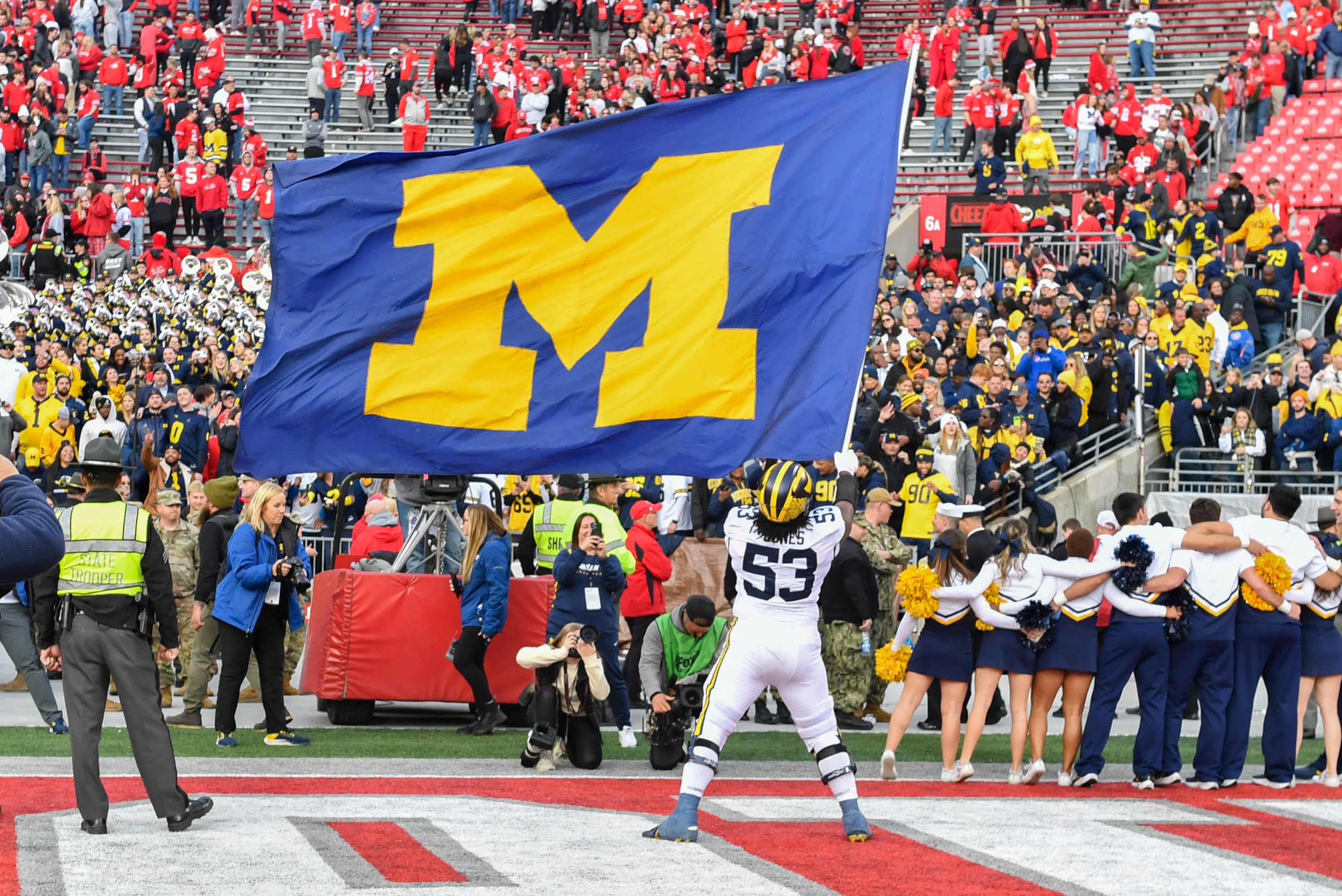
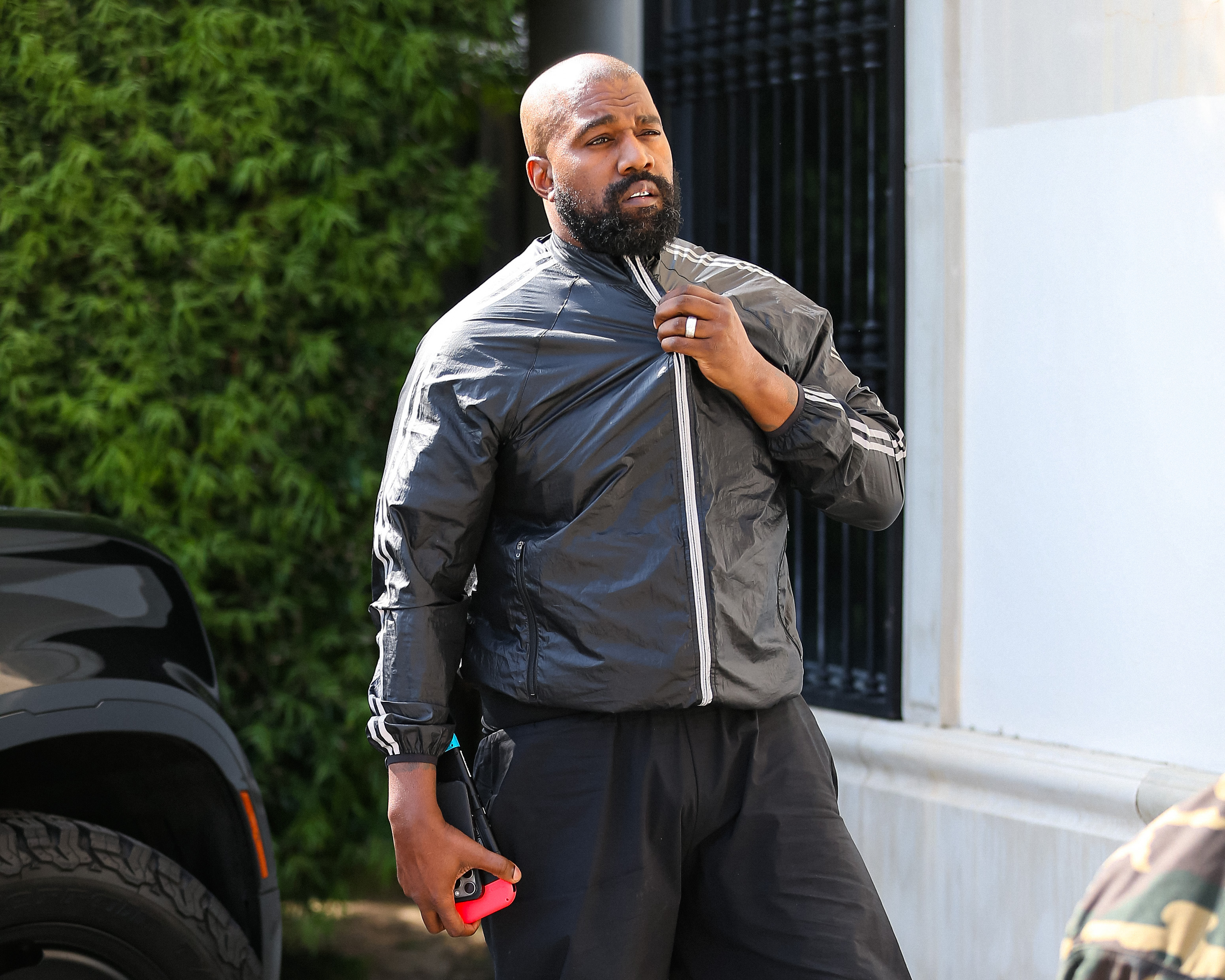
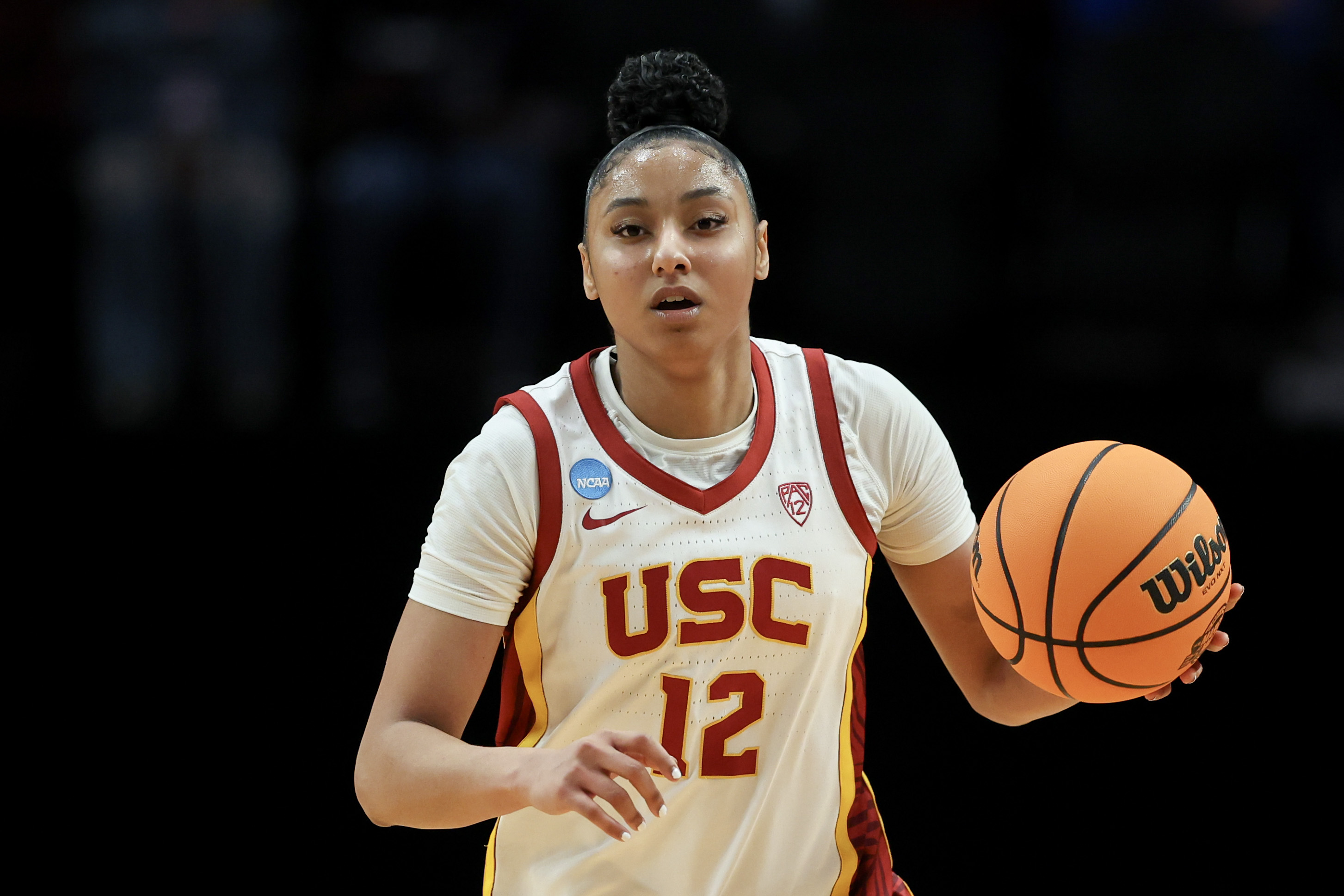

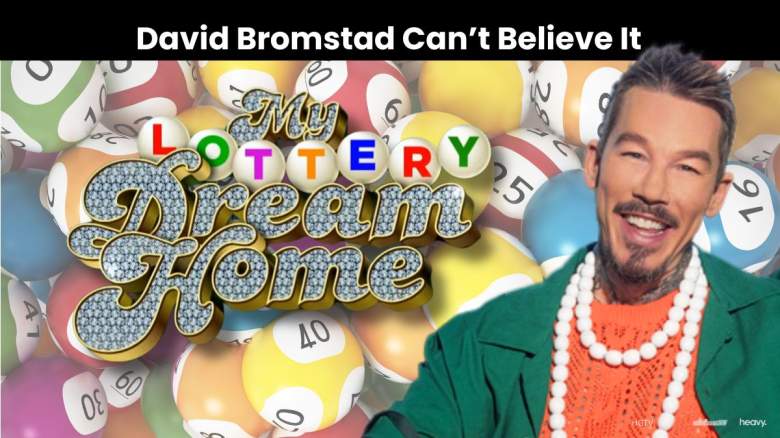
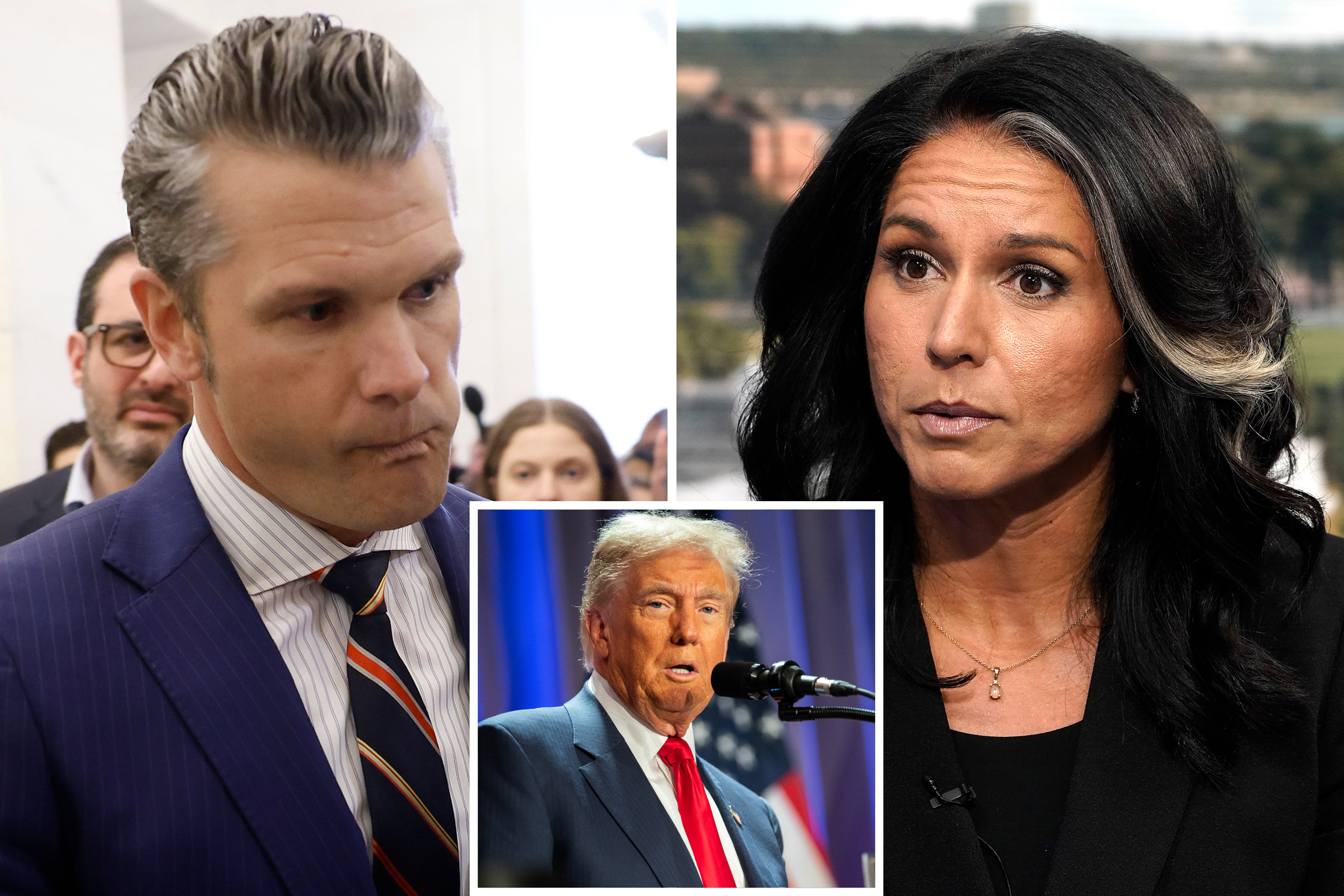










 English (US) ·
English (US) ·